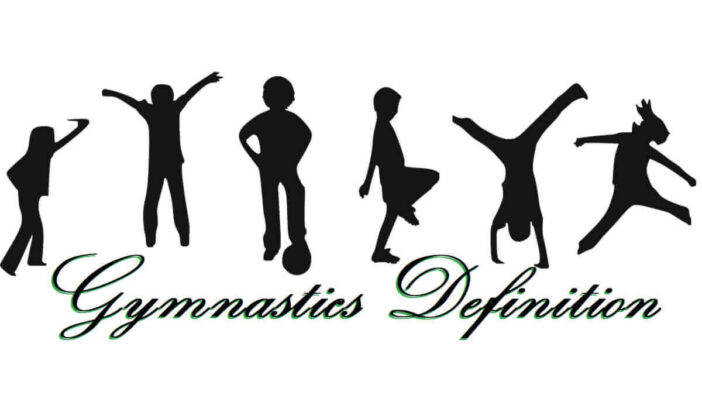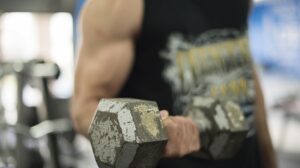
Healthbeautyidea.com | Gymnastics Definition, History, Types, and Benefits – Activities resembling gymnastics has been carried out since ancient Greek times, ancient China, ancient Egypt and ancient India. These activities aim to improve the health of the body.
The development of gymnastics in ancient times is closely related to the development of physical education and public education. Philosophers believe that person’s physical fitness level affects their level of education.
The decline in the level of public education forces educators to focus on the factor of increasing physical freshness. To that result, philosophers and community leaders strive to include gymnastics and physical education into the school curriculum.
In the modern era, gymnastics is performed by both men and women on many levels. Starting from local gymnastics associations, schools, universities, to national and even international competitions.
Gymnastics Definition
Gymnastics comes from the word “gymnos” doing gymnastics exercises in a special room called “Gymnasium” or “Gymnasion”. Gymnastics is a sport that involves the performance of movements that require the strength, speed and harmony of regular physical movement.
Another definition of gymnastics is a branch of body exercises that are formed and chosen deliberately, consciously and planned, and arranged systematically with the aim of improving physical freshness, making skills develop and instill spiritual mental value.
Gymnastics History
Gymnastics (English) and gymnastiek (Dutch) are Greek-absorbed terms “Gymnos” meaning naked. In Greece itself the term gymnastics is a derivative of the word gymnazein which means to practice or train yourself.
Training was necessary for the youth of ancient Greece (around 1000 BC – 476 AD) to become good citizens, according to the ideals of the state and also to make its inhabitants as harmonious human beings.
At that time gymnos or gymnastics had an infinite broad understanding as it is today. Sports activities such as wrestling, athletics, and boxing were part of gymnastics at the time. But as the times progressed, gymnastic understanding began to narrow and adapted to their needs.
Gymnastics Types
According to the Federation Internationale de Gymnastique (FIG), gymnastics is divided into 6 groups, namely artistic gymnastics, rhythmic gymnastics, acrobatic gymnastics, aerobics sports, trampoline gymnastics and general gymnastics. Here’s an explanation of each type of gymnastics.
Artistic Gymnastics
Artistic gymnastics is a type of gymnastics that is common in competitions, this gymnastics movement is composed from each tool and has been set according to the applicable match. Examples of artistic gymnastics include floor gymnastics, pommel horse, parallel bars, single bars, multilevel bars, and others.
Sportive Rhythmic Gymnastics
Sportive Rhythmic gymnastics is a type of gymnastics derived from the development of rhythmic gymnastics accompanied by the rhythm of music that produces beautiful gestures and tools.
Acrobatic Gymnastics
Acrobatic gymnastics is the type of gymnastics that controls acrobatic movements, making the workouts often use somersaults while the gymnasts have to land on the hands and on their partner’s shoulders.
Aerobic Sport Gymnastics
Aerobic exercise is a type of gymnastics that comes from the development of certain dance or calisthenic aerobics, then combined with difficult acrobatics.
Trampoline Gymnastics
Trampoline gymnastics is a type of gymnastics that comes from the development of gymnastics carried out on a trampoline.
General Gymnastics
General gymnastics is a type of gymnastics in addition to the five gymnastics above. Examples are aerobic gymnastics, morning gymnastics, physical fitness gymnastics and others.
Gymnastics Benefits
All gymnastics and light exercise activities have benefited in inhibiting degenerative or aging processes. People who do gymnastics activities regularly will get a good physical freshness, which consists of elements of muscle strength, joint flexibility, motion agility, flexibility, cardiovascular fitness and neuromuscular fitness.
The benefits of gymnastics also balance the number of osteoblasts and osteoclast, blood circulation becomes smooth and increases blood volume in the body and improves the concept of self. By doing gymnastics one can have an ideal body shape, beautiful, fit and strong.
Read also:
What are the benefits of exercise at night?



